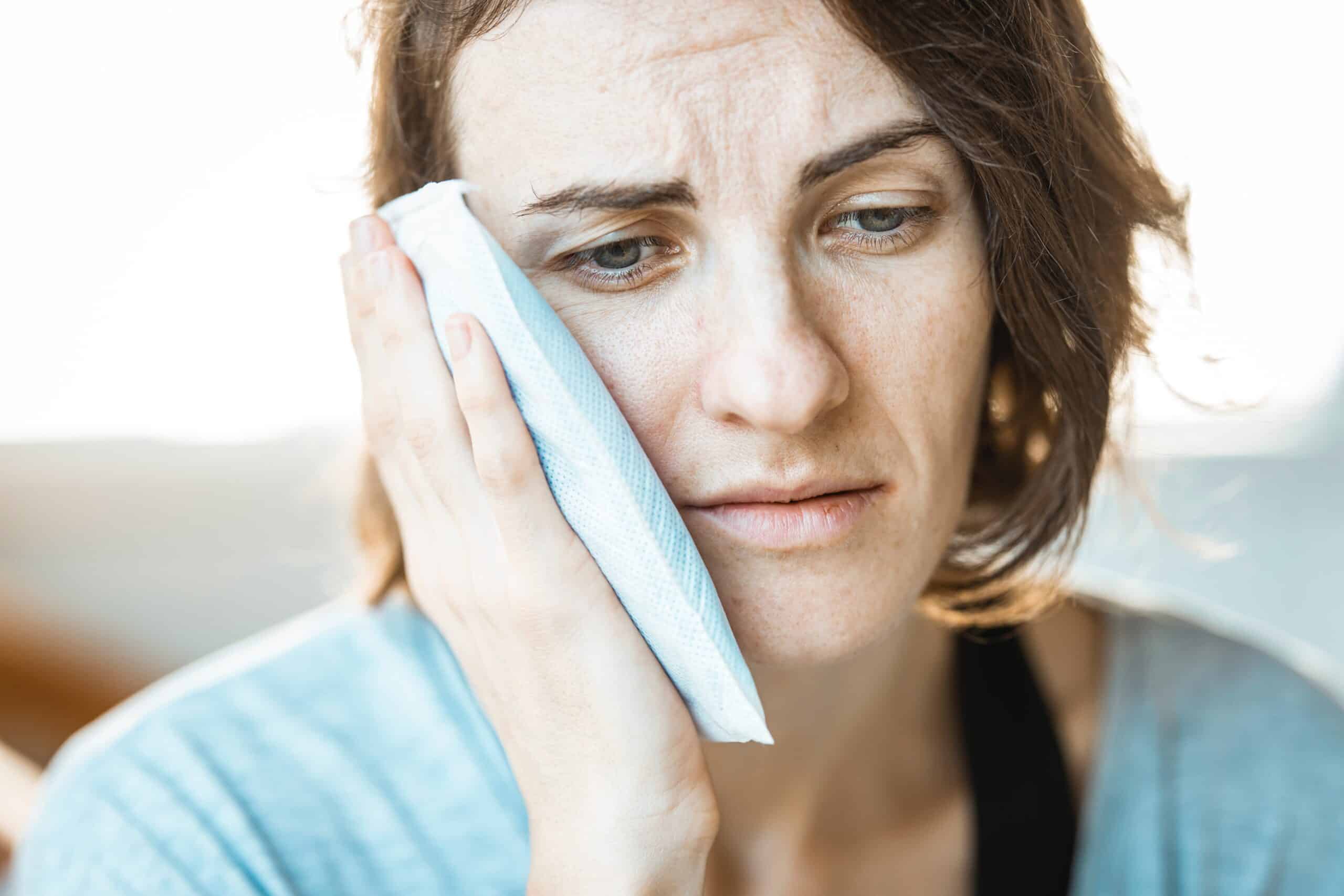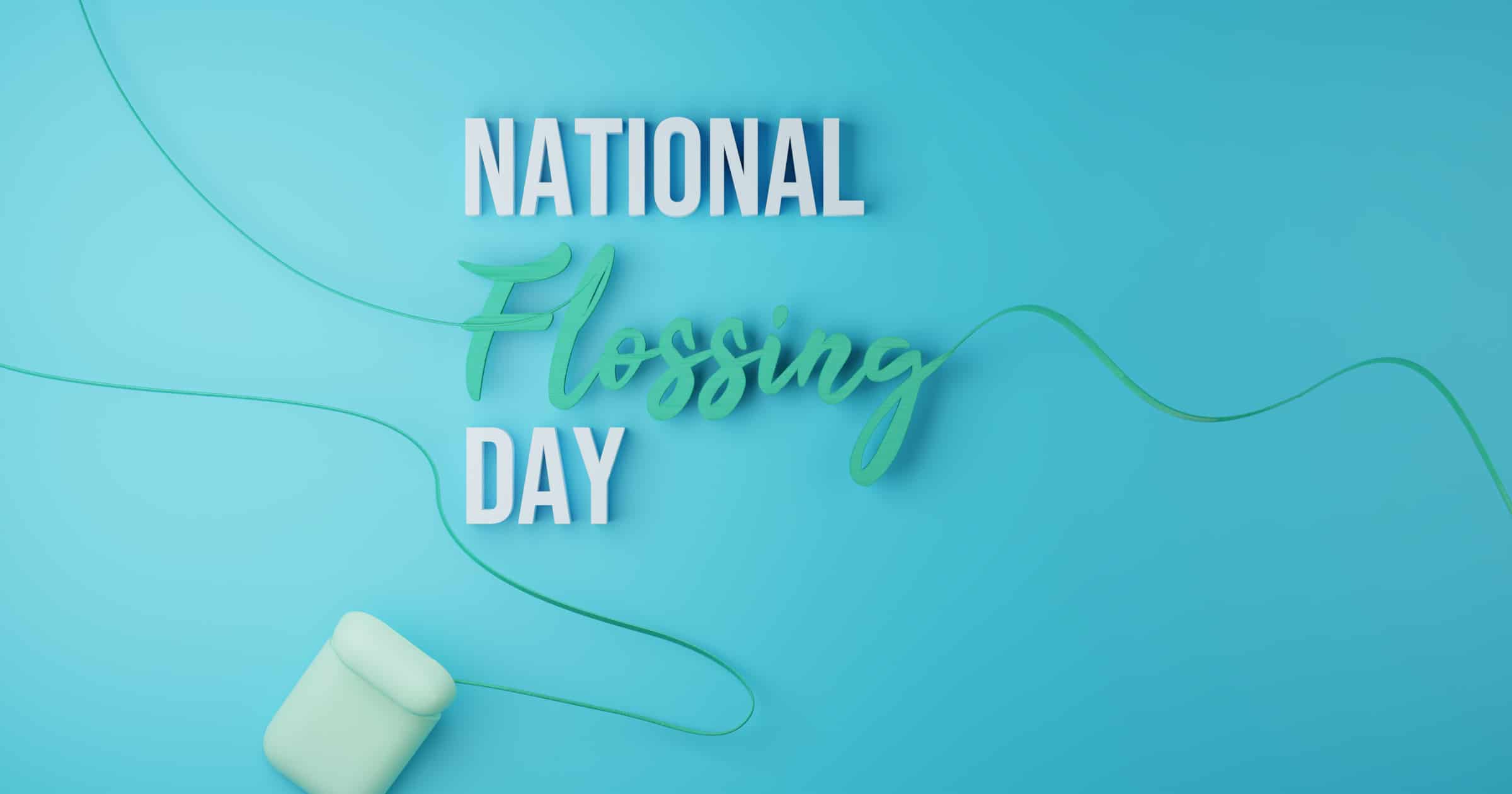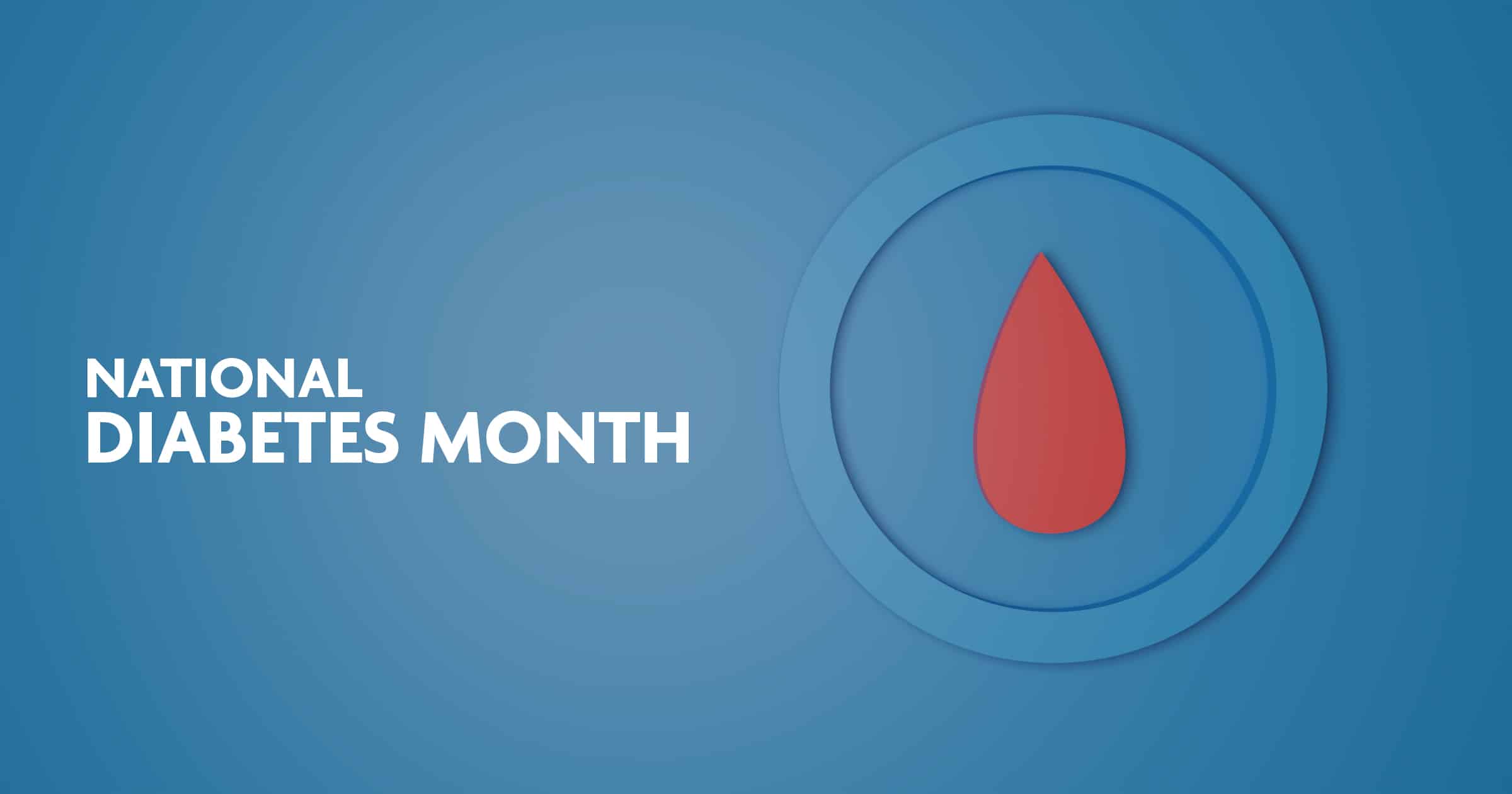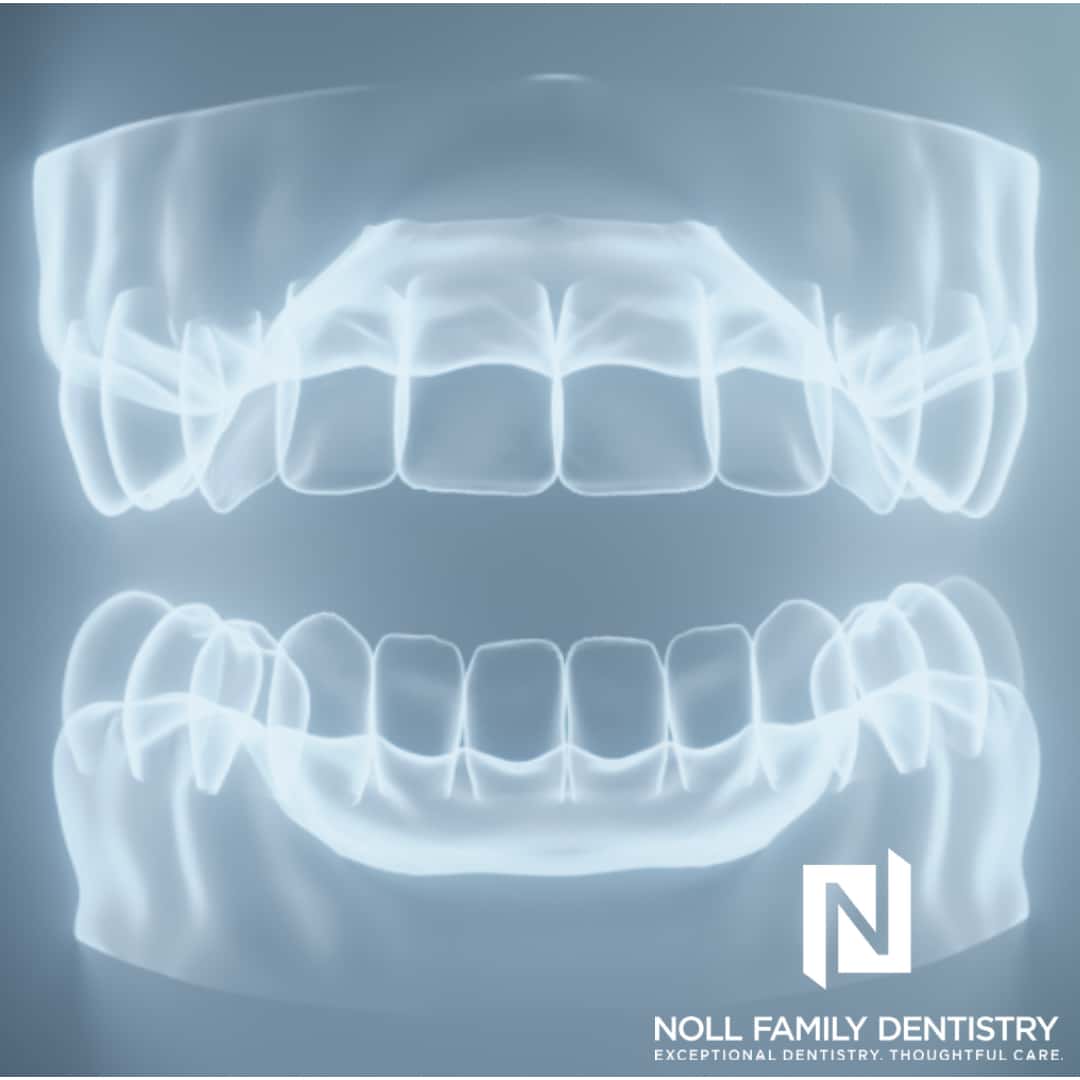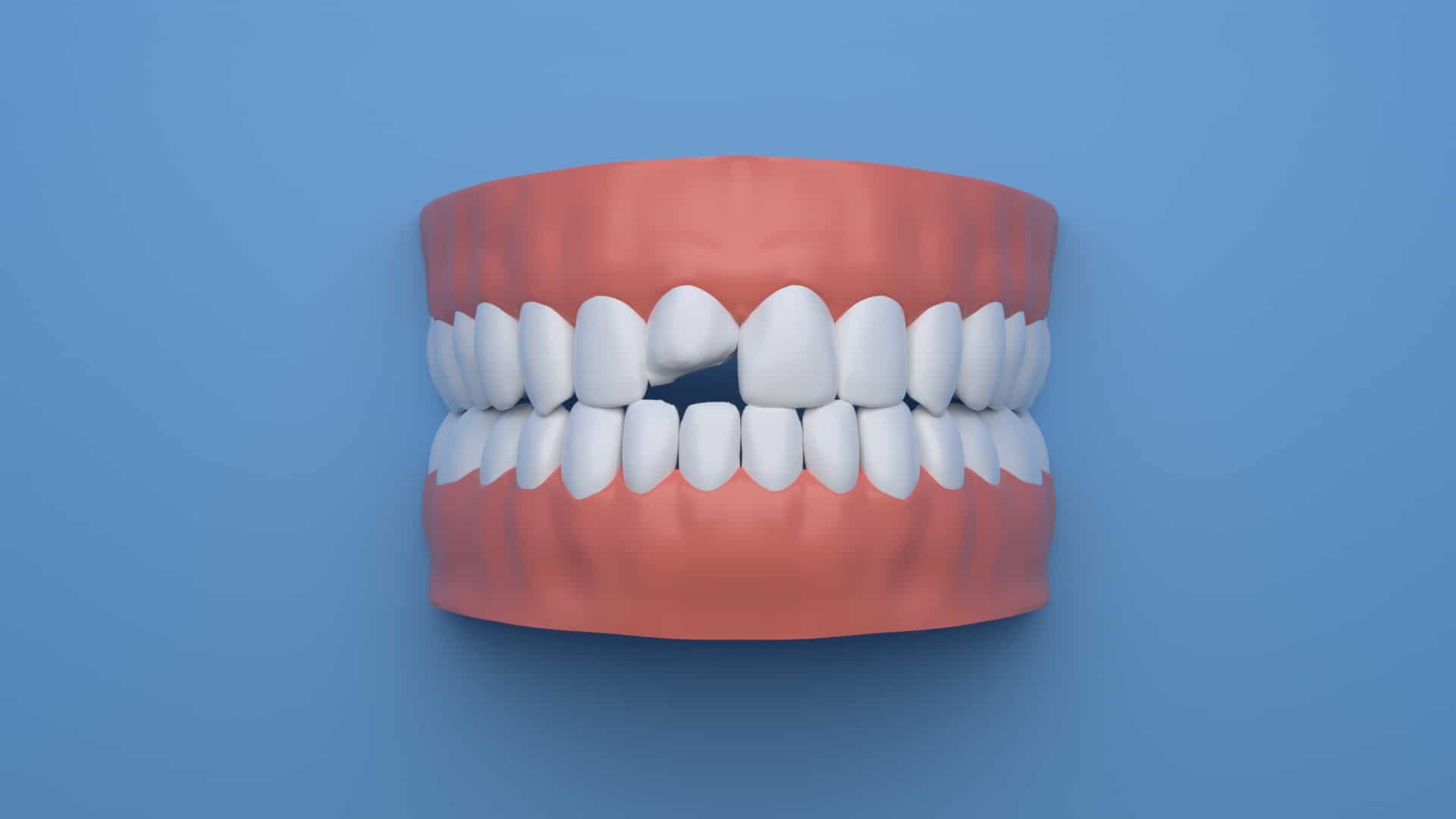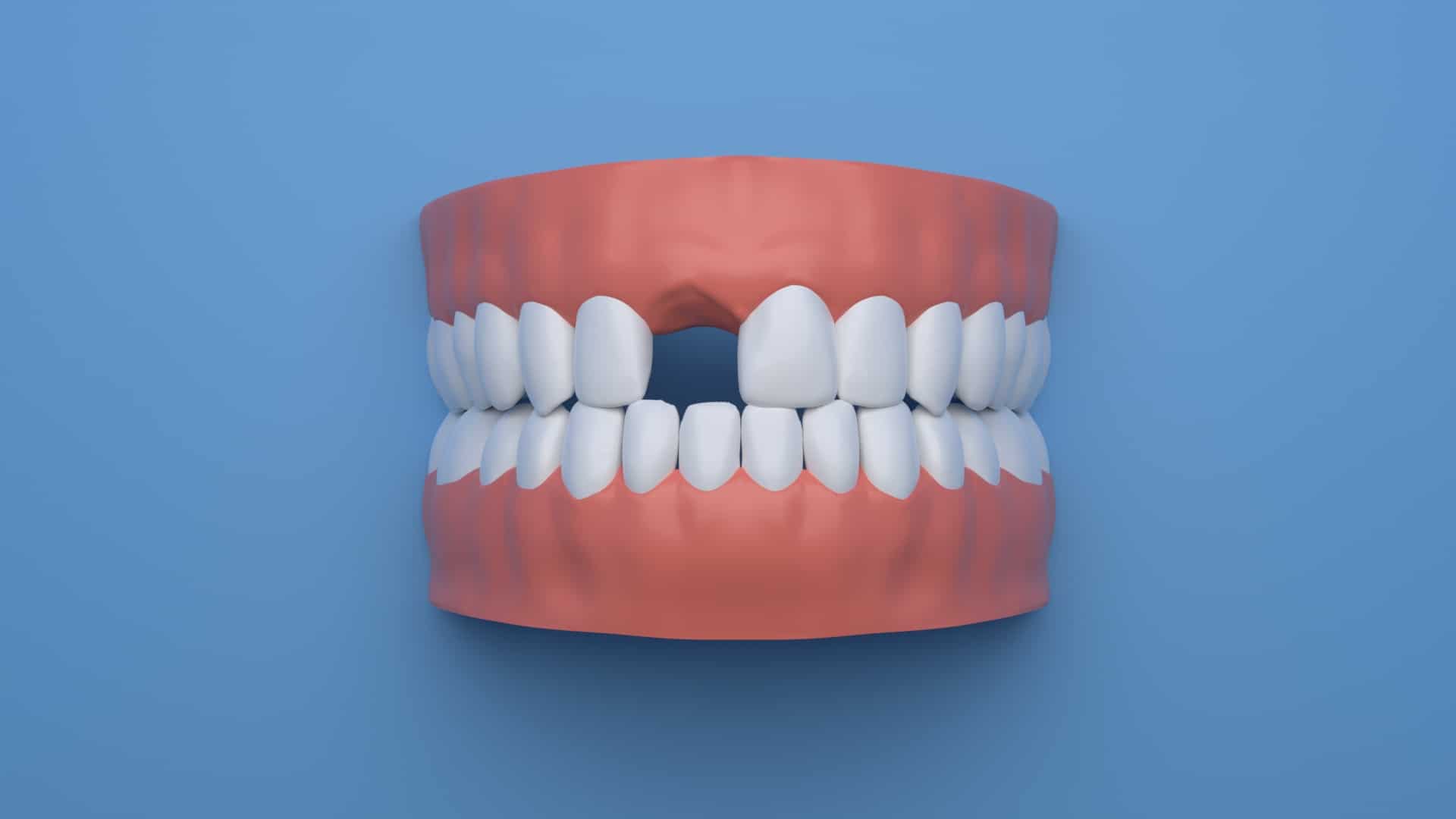Noll Family Dentistry is committed to helping with whatever dental issues you may have whether you’re an existing patient or a new patient. Our office can accommodate emergency appointments at the earliest available time to address any urgent care you may need. If you’re in the Carlisle, Boiling Springs, or Newville area, we’re here to help you.
Dental problems have the potential to become much more significant when left untreated. This is why it’s crucial to be able to accurately identify dental emergencies.
What exactly is a dental emergency?
To classify your condition as a dental emergency, you must be experiencing symptoms that can negatively affect your life. Generally, these emergencies often involve uncontrollable bleeding, facial bone trauma, and pain. If you have any of these symptoms, you are advised to contact a local emergency room or dental specialist as soon as possible.
Urgent dental procedures are less time-sensitive than emergency dental care. Urgent procedures are exactly what they sound like; they are urgent. When trying to classify “what would be considered an emergency?” you must be facing a life-threatening situation. If you can validate your experience as an emergency, seek professional assistance as soon as possible.
Common Dental Emergencies:
- Injuries affecting your gums
- Fractured jaw
- Lost filling
- Abscess
- Partially dislodged tooth
- Severe pain
- Bleeding
- Cracked tooth
These are some of the most common signs that you need to seek immediate dental care for your condition. If you experience excruciating pain you are probably having an emergency that requires immediate attention.
Are you dealing with a dental emergency?
Now that we’ve answered all of the essential questions about what would be considered a dental emergency, assess your symptoms so that you will be able to accurately determine whether or not you need to seek immediate attention. If you are experiencing an emergency please contact our office immediately at 717.243.9020.
If you are experiencing non-emergency oral discomfort, consider scheduling a remote appointment with our virtual website Tell The Dentist to engage in a consultation with any of our participating doctors without the hassle of coming into the office.

